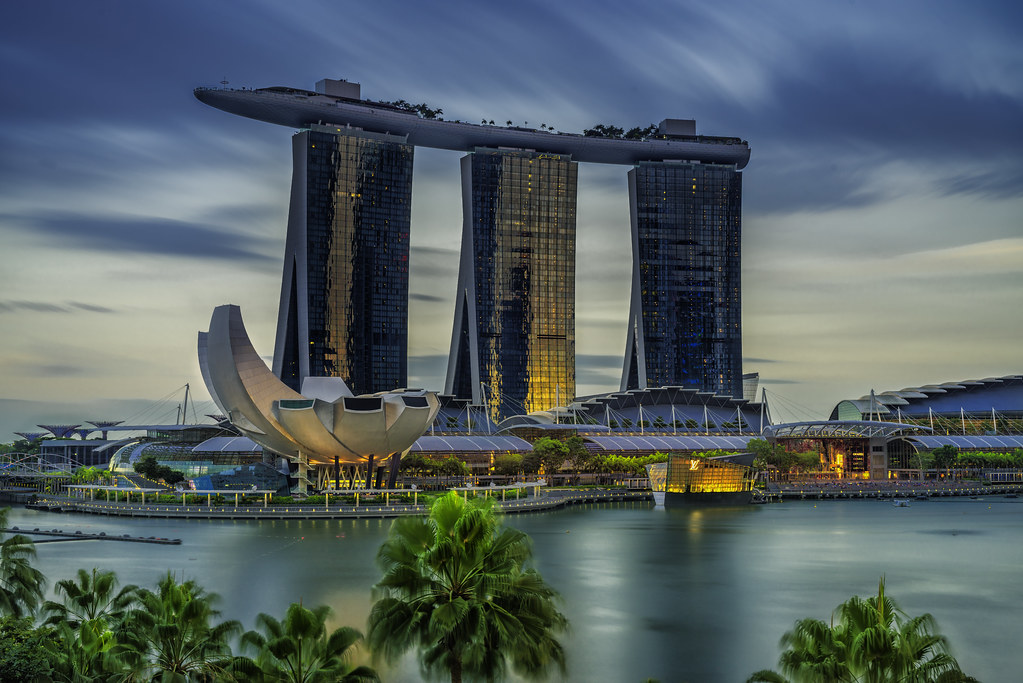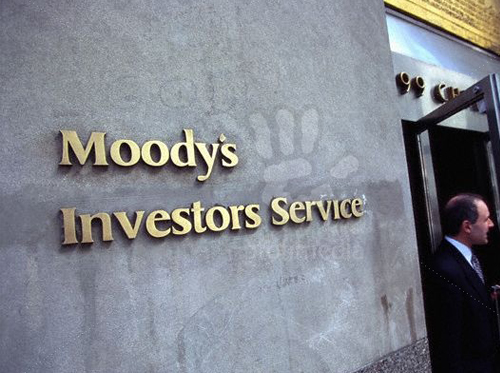
A recent Moody’s Investors Service report, forecasts that the ambitious Marina Bay Sands (MBS) 2.0 expansion in Singapore will significantly boost visitation and revenue. The enhanced resort is expected to attract a surge of new tourists and premium players, which in turn will strengthen Las Vegas Sands’ (LVS) earnings profile and accelerate its deleveraging trajectory over the coming years.

Launched in July, the US$8 billion project comprises a new 55-storey, 570-suite hotel tower, expanded gaming space, additional retail and F&B outlets, wellness facilities, a 15,000-seat arena, and about 200,000 sf of meeting and convention space. Moody’s and other analysts believe this diversification and capacity build will materially bolster MBS’s revenue mix.
Moody’s noted that LVS incurred significant capital outlays in recent years—around US$1.57 billion in 2024 and an expected US$2.2 billion in 2025, part of which includes US$1 billion in land premium payments for Singapore. To fund MBS 2.0, the group has a delayed draw term loan facility of US$5.88 billion.
Despite that heavy capex load, MBS already posted robust financials: in 2024, its adjusted EBITDA reached US$2.05 billion, surpassing pre-pandemic 2019 levels. In Q2 2025, the property delivered US$768 million in adjusted EBITDA, up 50 % year-on-year, underscoring continued momentum.
However, Moody’s also flagged that LVS’s Macau operations have yet to fully rebound to pre-COVID levels, constraining near-term margin upside in that market. Over the next 12 to 18 months, the rating agency expects LVS’s leverage ratio to trend toward 3.0×.
Overall, Moody’s assigns LVS an investment-grade rating of Baa3 with a stable outlook, premised on the strength of MBS, high brand standing, and favorable demand fundamentals in the markets where it operates.

 Content Writer: Janice Chew • Thursday, 25/10/2025 - 17:09:05 - PM
Content Writer: Janice Chew • Thursday, 25/10/2025 - 17:09:05 - PM